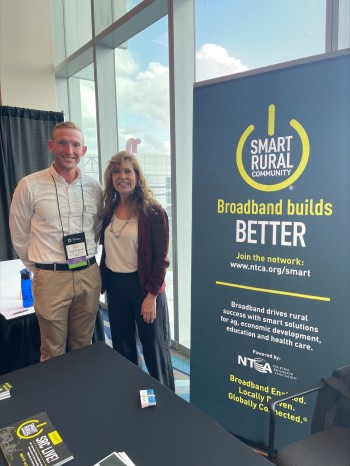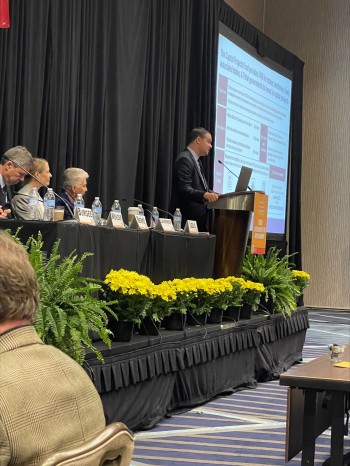Last week, I had the opportunity to share some thoughts and perspectives from community-based broadband providers with the folks at the Broadband Communities Summit in Houston, a gathering ofILEC broadband providers, local community leaders, MDU specialists, municipal broadband providers and broadband activists - and everyone else in between. We also shared the story of Smart Rural Communities with an invitation for folks to join us in June in Vegas for some collaborative conversations. My thanks to Luke on our team for manning that effort!
I did have a chance to catch up with some NTCA members who had decided to check out the event and was not surprised to find them feeling a little bit like they were on the outside looking in. Many of the discussions were focused on areas of the country still seeking robust broadband or how to bring in competitive and robust broadband in multiple dwelling units (MDUs), and few of these discussions really captured the role that community-based providers play in bringing broadband to their consumers. Maybe in part because many outside of the communications provider space even truly understand that there are three tiers of providers - the large, national entities - well known by their advertising campaigns; the regional providers - while smaller, still span multiple states; and then NTCA members - community-based providers, both cooperative and commercially controlled, who live, work and play where they provide connectivity. It then becomes too easy to lump all of these entities into the same category - incumbents - as if it was a “dirty” word.
Incumbent as an adjective means “necessary for (someone) as a duty or responsibility”. Indeed, in the communications space, our incumbent providers came into being in communities where no one was providing service to begin with because the high cost nature of rural service - telephone or broadband - was too high of an entry point and corporate interests had a difficult time being able to create shareholder return. That is the beauty of community-based providers - while enough return has to be earned to continue to build and maintain networks, there is no pressure to generate Wall Street returns and the focus is on the customers. That is the differentiator and the reason why I truly think that the digital divide in rural America is more of a “rural/rural” divide. Those served by community-based providers “have” and many served by others “have not.”
There was also a panel from federal leaders from NTIA, RUS, FCC and Treasury and I always find their commentary useful and particularly so now given the funding making its way out the door and into the ground.
But I find events like this one to be an opportunity to share the story of NTCA members building Smart Rural Communities and how the broadband they provide powers economic growth and advancement for their rural communities. It’s also a chance to connect some dots among various sectors of the industry, and I am hoping to do just that with some of the local leaders I met in Houston, who are hungry to find the local broadband providers who they might partner with. This meeting was also the announcement platform for a new association entity in this space, the American Association for Public Broadband, who aims to advocate for municipal networks. This is a double-edged sword for sure, but in the spirit of starting off on the right foot, I did reach out to their new president with an invitation to connect and was delighted when she responded quickly with a spirit of collaboration. At least it’s a start.
While I find myself sometimes having to bite my tongue with fellow attendees at events such as this one, I still think the effort to connect providers with localities and consumer groups looking for connectivity is worth the effort.



